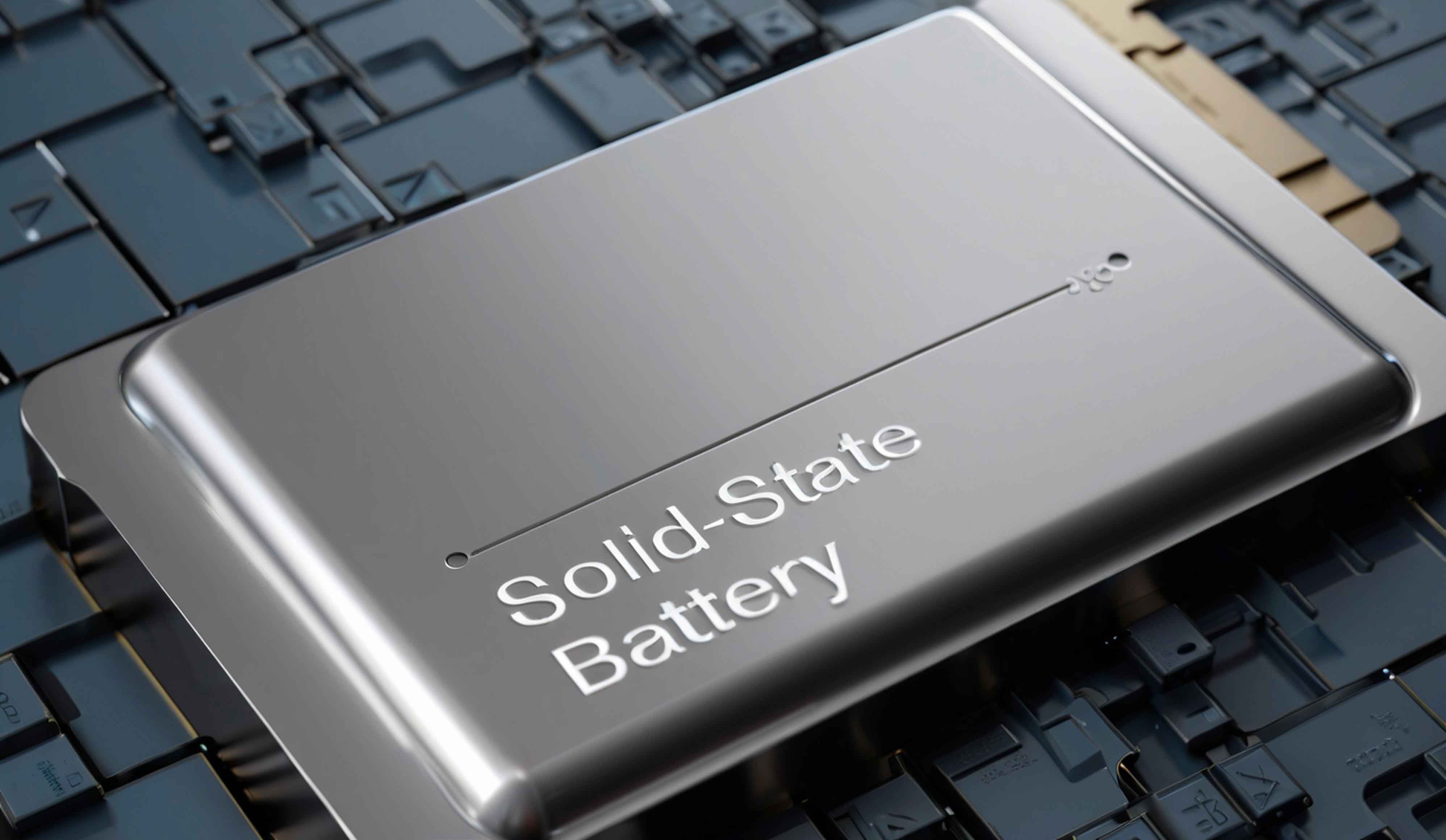The advent of solid-state batteries marks a transformative leap in energy storage, redefining the boundaries of performance, safety, and sustainability. As a key contributor to this innovation, our team at Anhui Leveen Energy, in collaboration with the University of Science and Technology of China and Xianghe Kunlun New Energy Materials, proudly announces the successful mass production of the second-generation solid-state battery. This milestone not only addresses longstanding challenges in conventional lithium-ion systems but also unlocks unprecedented opportunities for applications ranging from electric vehicles to advanced robotics.

1. Technical Advancements in Solid-State Battery Design
The second-generation solid-state battery integrates two groundbreaking technologies: nanostructured solid electrolytes and flexible solid electrolyte membranes. These innovations resolve critical issues such as dendrite formation, thermal instability, and limited energy density.
Core Innovations
- Nanostructured Solid Electrolytes: By leveraging nano-engineering, ionic conductivity is enhanced through optimized lithium-ion pathways (Figure 1). The electrolyte’s porosity and surface area are tailored to minimize resistance, achieving a conductivity of σ=2.5×10−3 S/cmσ=2.5×10−3S/cm at 25°C.
- Flexible Solid Electrolyte Membranes: These membranes accommodate volume expansion (up to 300% strain tolerance) during charge/discharge cycles, ensuring mechanical integrity. The stress-strain relationship is modeled as:σ=E⋅ϵ+η⋅dϵdtσ=E⋅ϵ+η⋅dtdϵwhere σσ is stress, EE is Young’s modulus (1.2 GPa1.2GPa), ϵϵ is strain, and ηη is viscosity ().
2. Unparalleled Performance Metrics
The second-generation solid-state battery outperforms mainstream lithium-ion counterparts across all critical parameters (Table 1).
Table 1: Performance Comparison
| Parameter | Solid-State Battery | NMC Lithium-Ion | Improvement |
|---|---|---|---|
| Energy Density (Wh/kg) | 350 | 260 | +34.6% |
| Cycle Life (cycles) | >1500 | 800–1000 | +50% |
| Pulse Discharge Rate (C) | 8–10 | 3–5 | +100% |
| Operating Temperature (°C) | -40 to 100 | -20 to 60 | +100% Range |
Energy Density and Range
The energy density of 350 Wh/kg350Wh/kg enables electric vehicles (EVs) to achieve ranges exceeding 1000 km1000km per charge. This is quantified by:Range=Epack⋅ηefficiencyEnergy Consumption/kmRange=Energy Consumption/kmEpack⋅ηefficiency
where Epack=120 kWhEpack=120kWh, ηefficiency=90%ηefficiency=90%, and energy consumption = 0.15 kWh/km0.15kWh/km.
Thermal Resilience
The solid-state battery operates seamlessly across extreme temperatures:
- -40°C: Discharge efficiency >75% (vs. <50% for lithium-ion).
- 100°C: Capacity retention of 88% after 360 hours of cycling.
3. Safety and Reliability
Safety remains a cornerstone of solid-state battery development. Our design complies with GB 38031-2020 standards and surpasses rigorous safety tests:
Table 2: Safety Test Results
| Test | Outcome |
|---|---|
| Overcharge (10V) | No thermal runaway |
| Overdischarge (90 min) | Stable voltage recovery |
| Nail Penetration | No ignition/explosion |
| 180°C Thermal Exposure | <5% capacity degradation |
The absence of flammable liquid electrolytes eliminates combustion risks. The Arrhenius equation validates thermal stability:k=A⋅e−Ea/(RT)k=A⋅e−Ea/(RT)
where EaEa (activation energy) exceeds 1.2 eV1.2eV, ensuring negligible degradation at high temperatures.
4. Applications and Market Impact
The versatility of solid-state batteries extends to:
- Electric Vehicles: Enabling ultra-fast charging (10–15 min10–15min for 80% SOC).
- Aerial Mobility: Powering low-altitude aircraft with energy densities >400 Wh/kg (projected).
- Humanoid Robotics: Supporting high-torque actuators with 10C discharge rates.
Market Projections:
Global demand for solid-state batteries is projected to grow at a CAGR of 68% (2023–2030), driven by EV adoption and renewable energy storage needs.
5. Future Directions
Ongoing R&D focuses on:
- Cost Reduction: Scaling production to achieve <$80/kWh by 2027.
- Solid-State 3.0: Targeting 500 Wh/kg500Wh/kg via sulfide-based electrolytes.
- Recyclability: Closed-loop recycling processes to recover >95% of lithium.
Conclusion
The mass production of second-generation solid-state batteries heralds a new era in energy storage. With unmatched energy density, safety, and adaptability, this technology is poised to revolutionize industries and accelerate the global transition to sustainable energy. As pioneers in this field, we remain committed to pushing the boundaries of what solid-state batteries can achieve.
